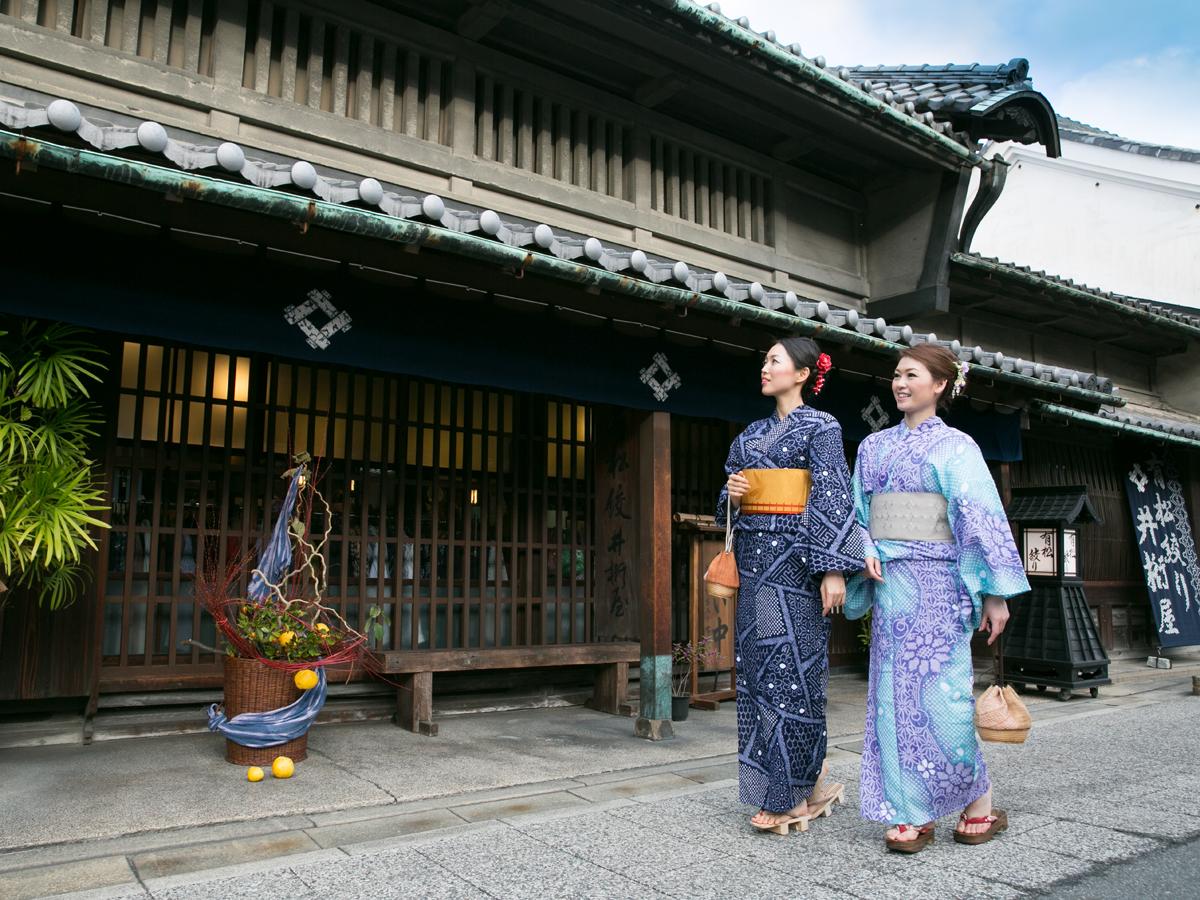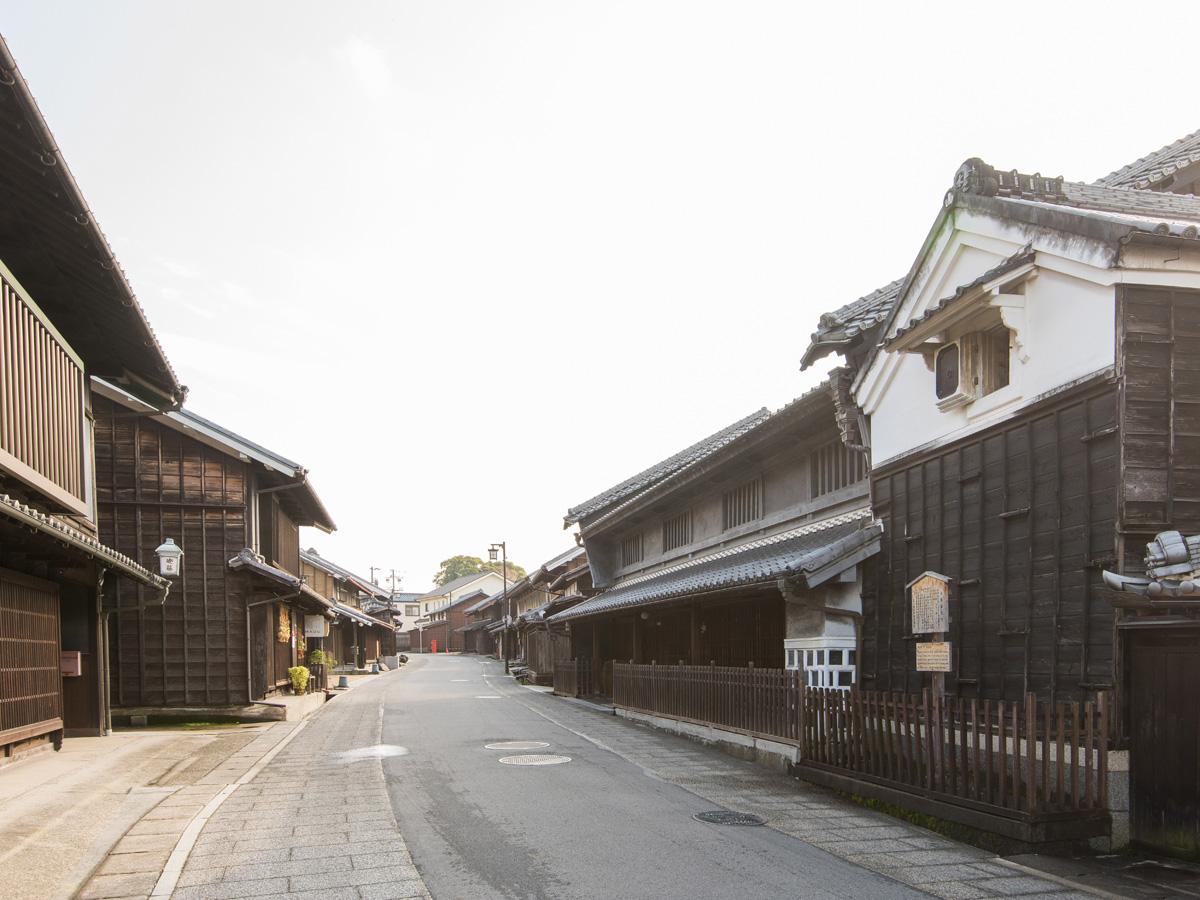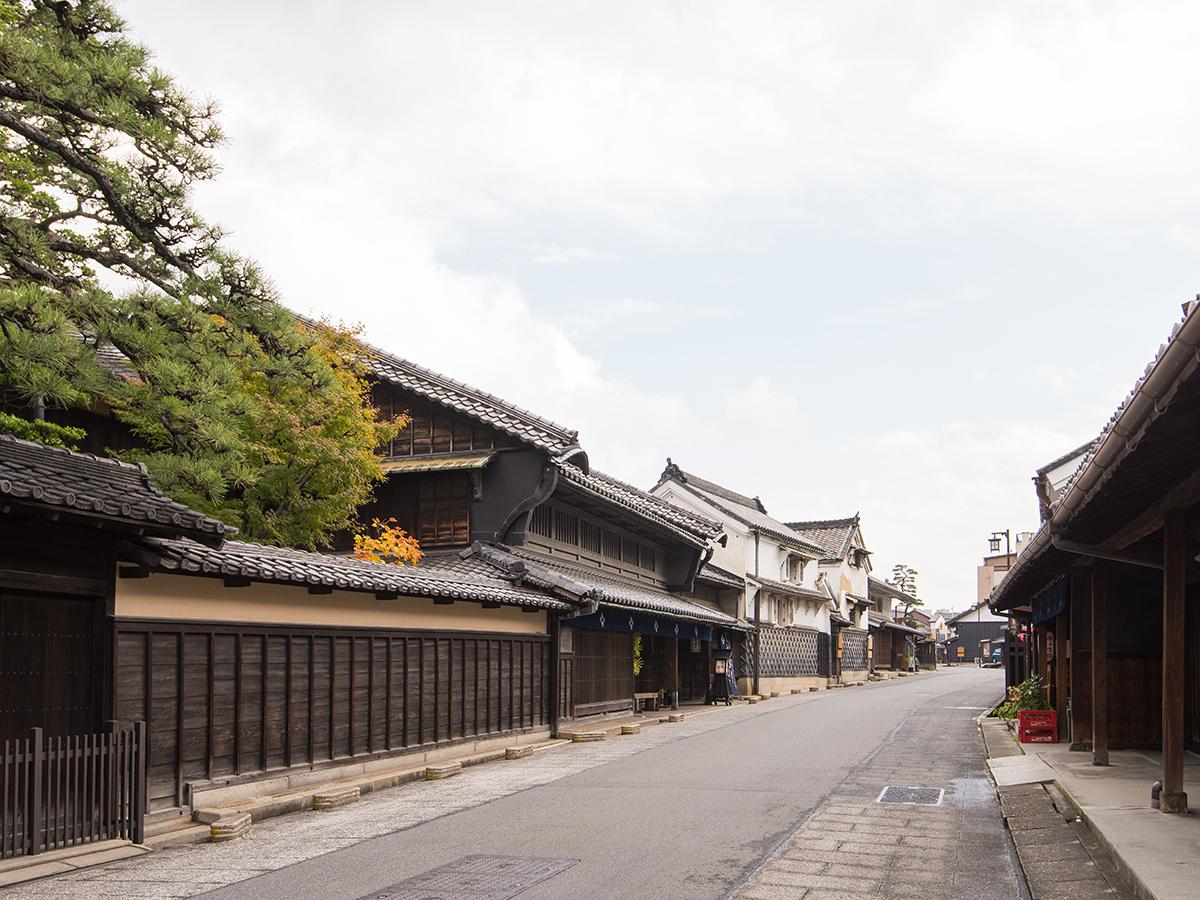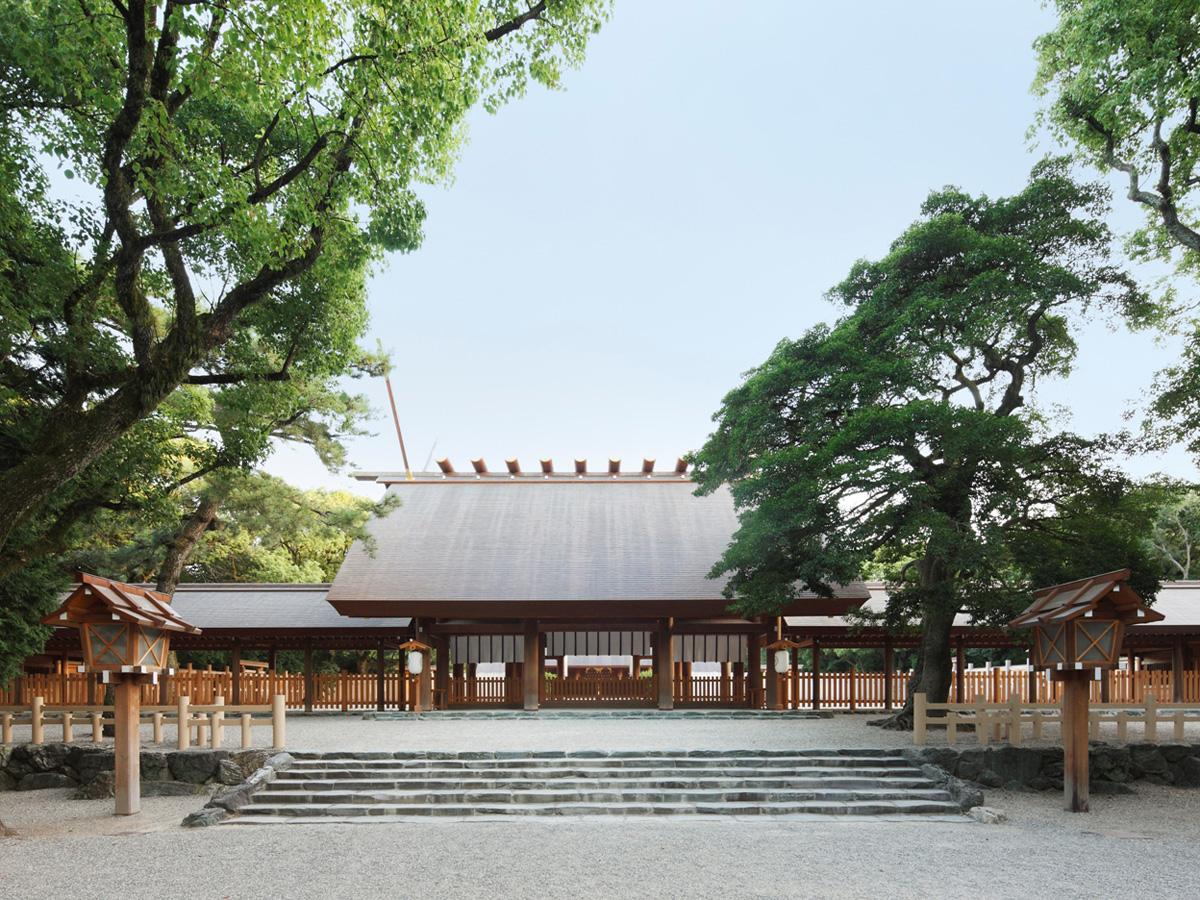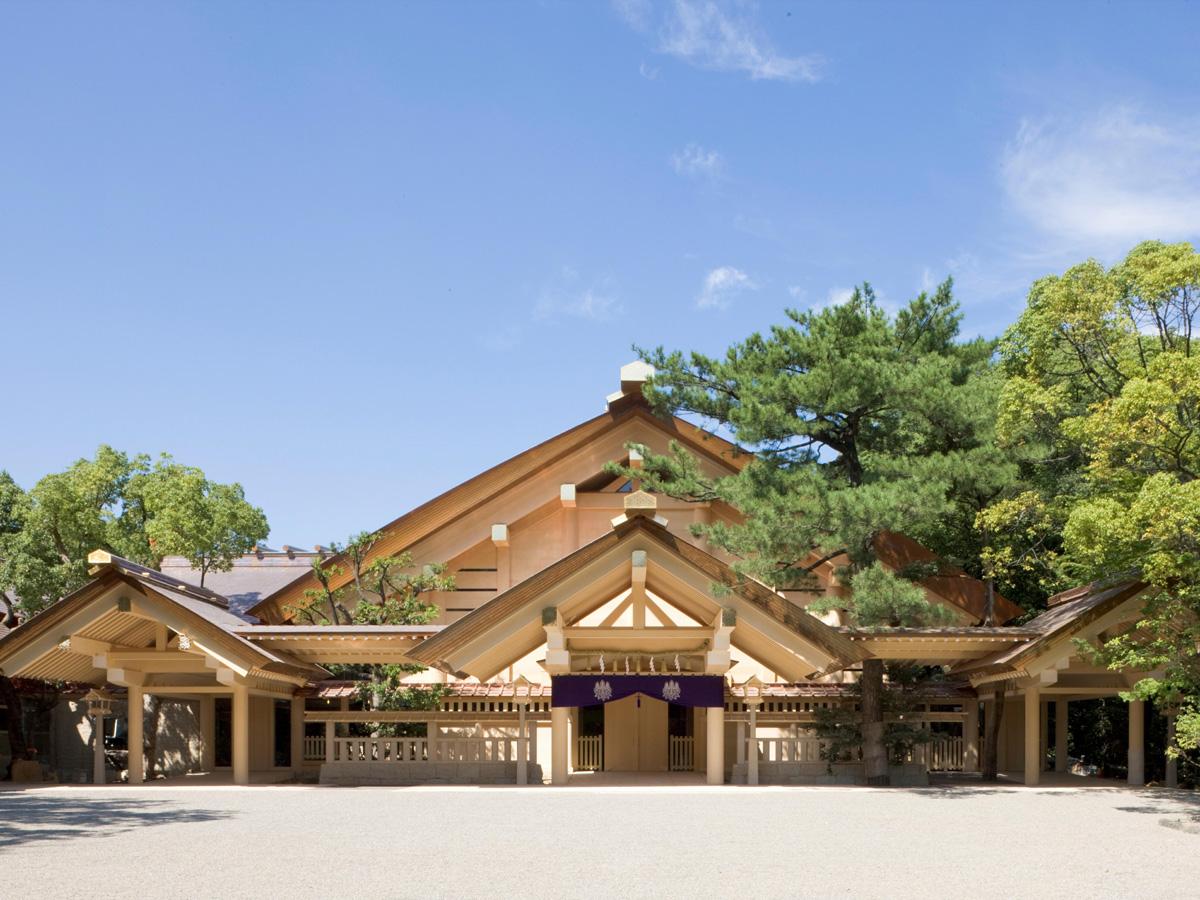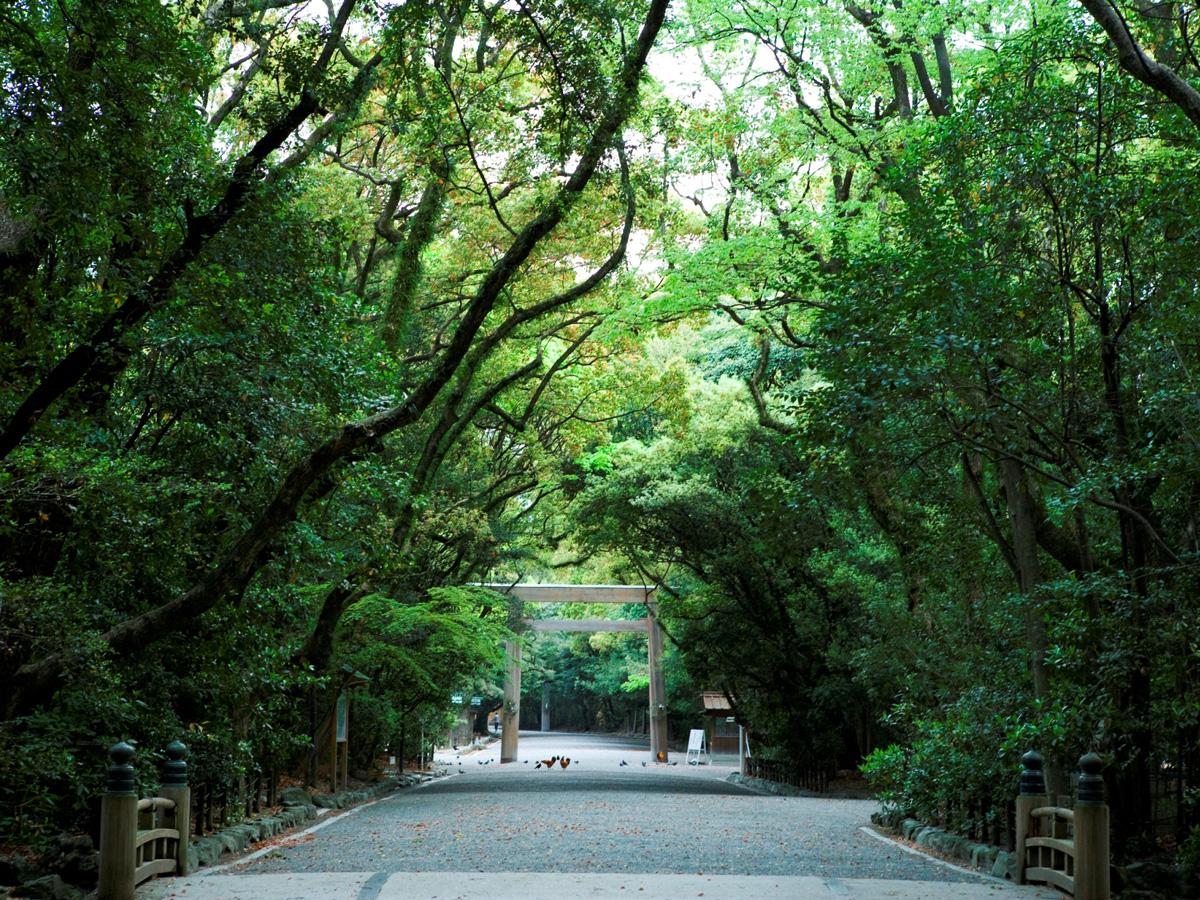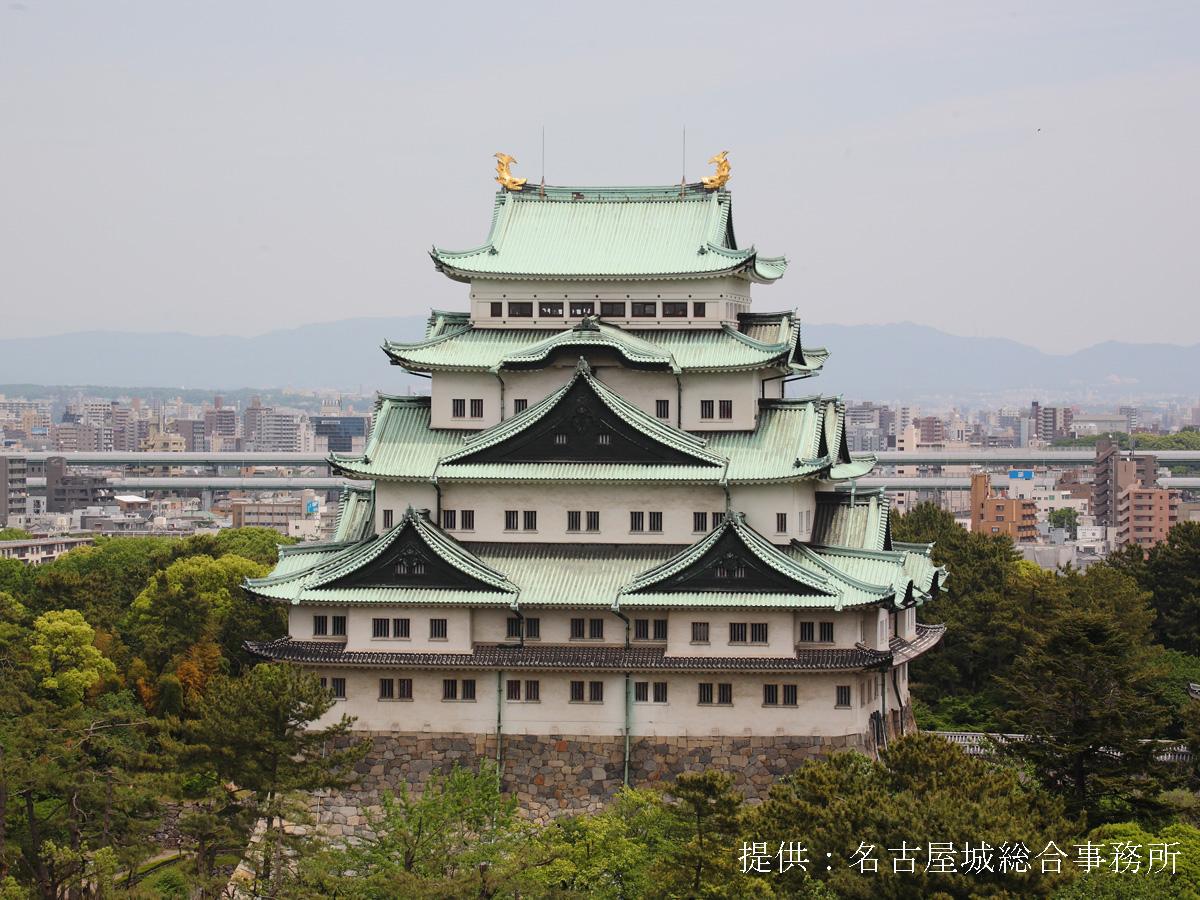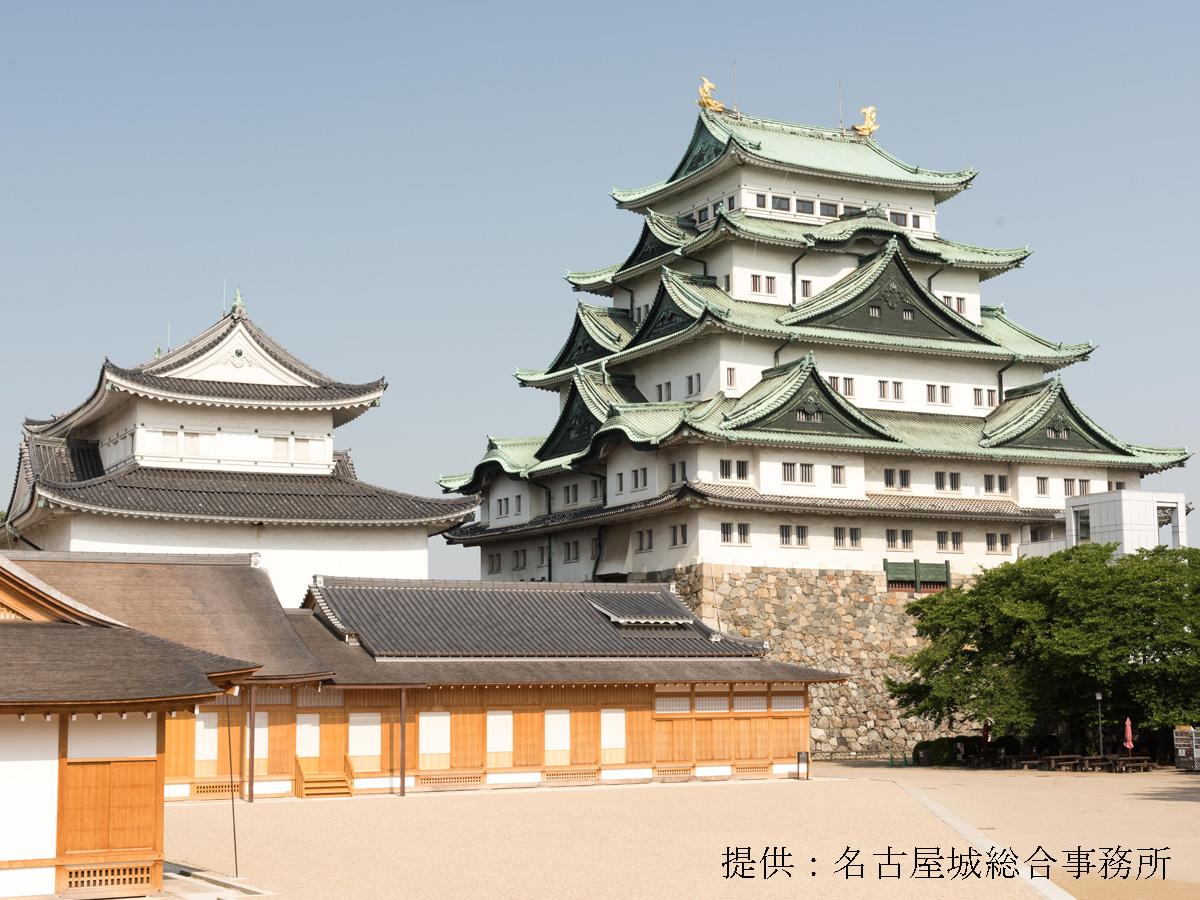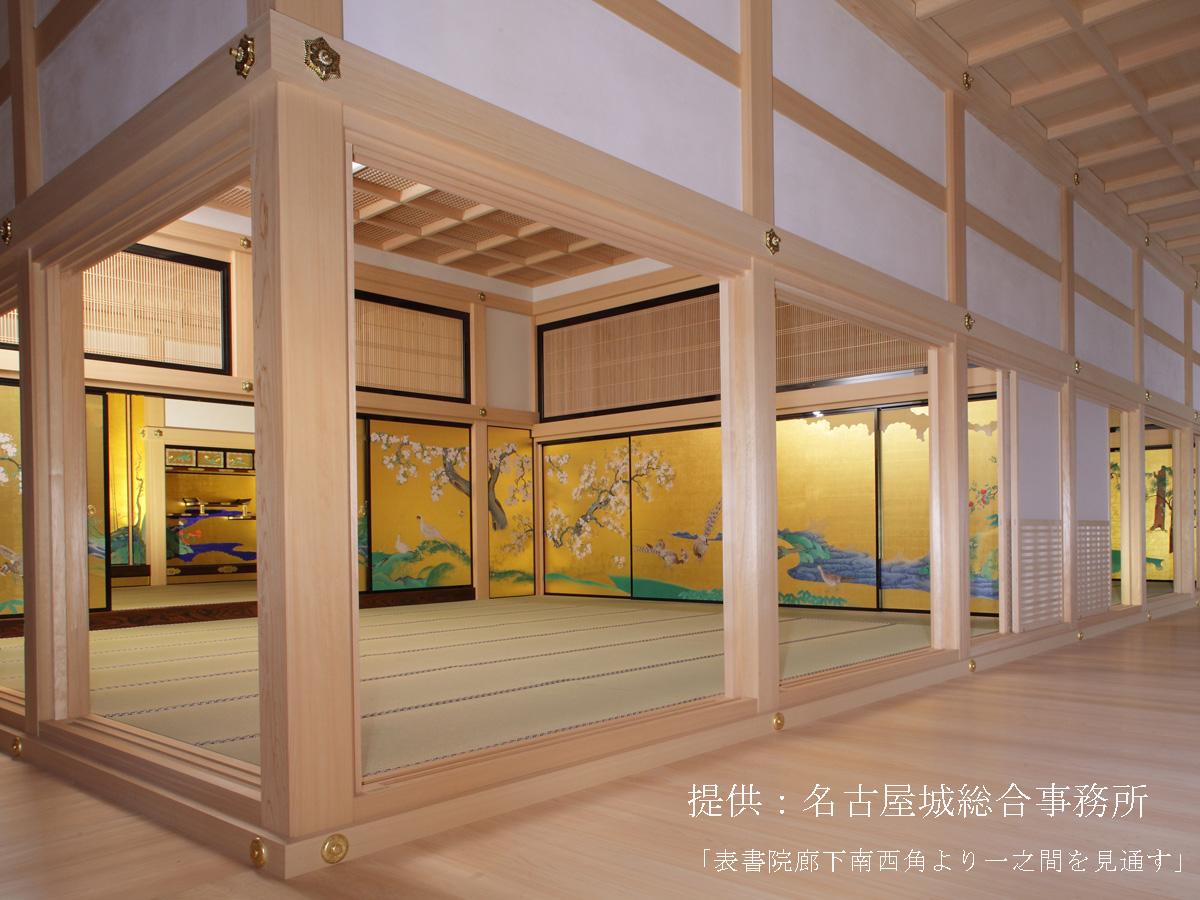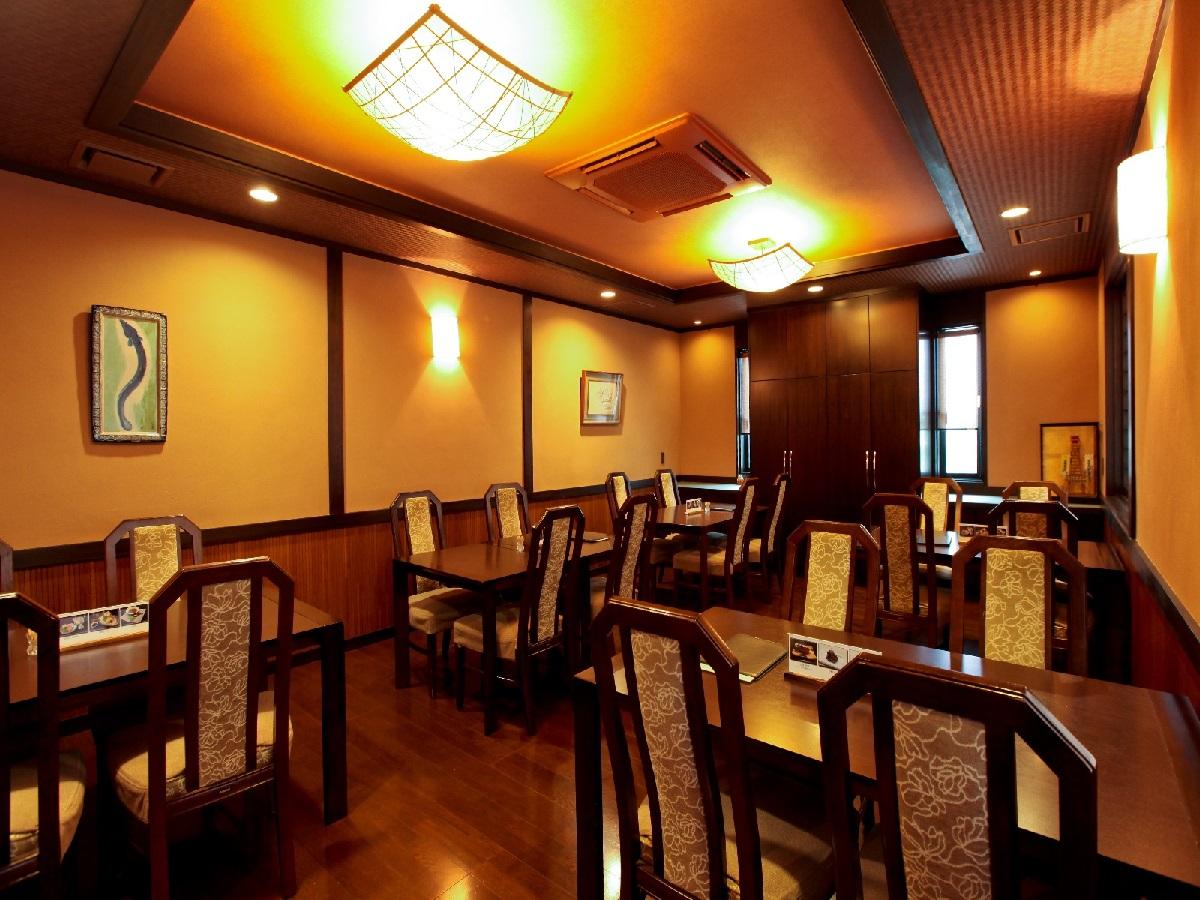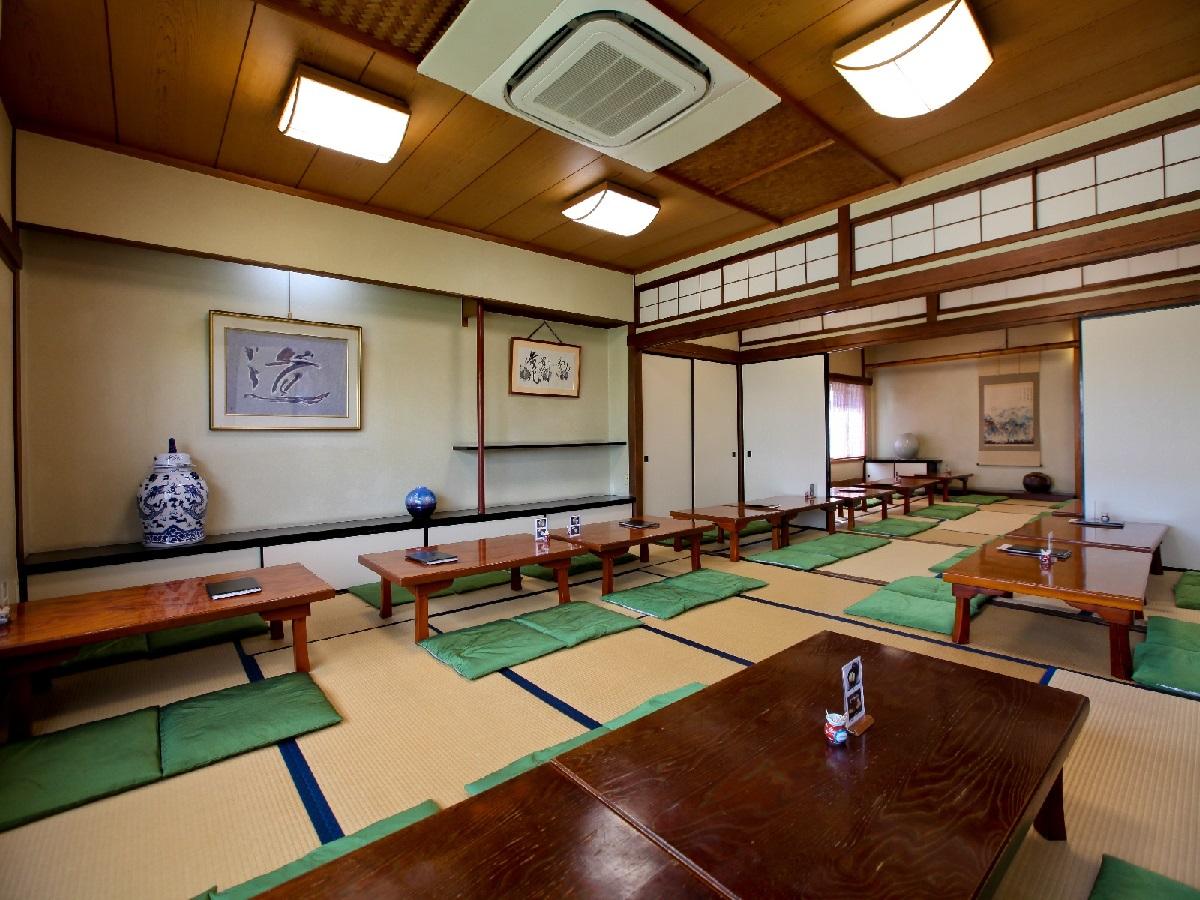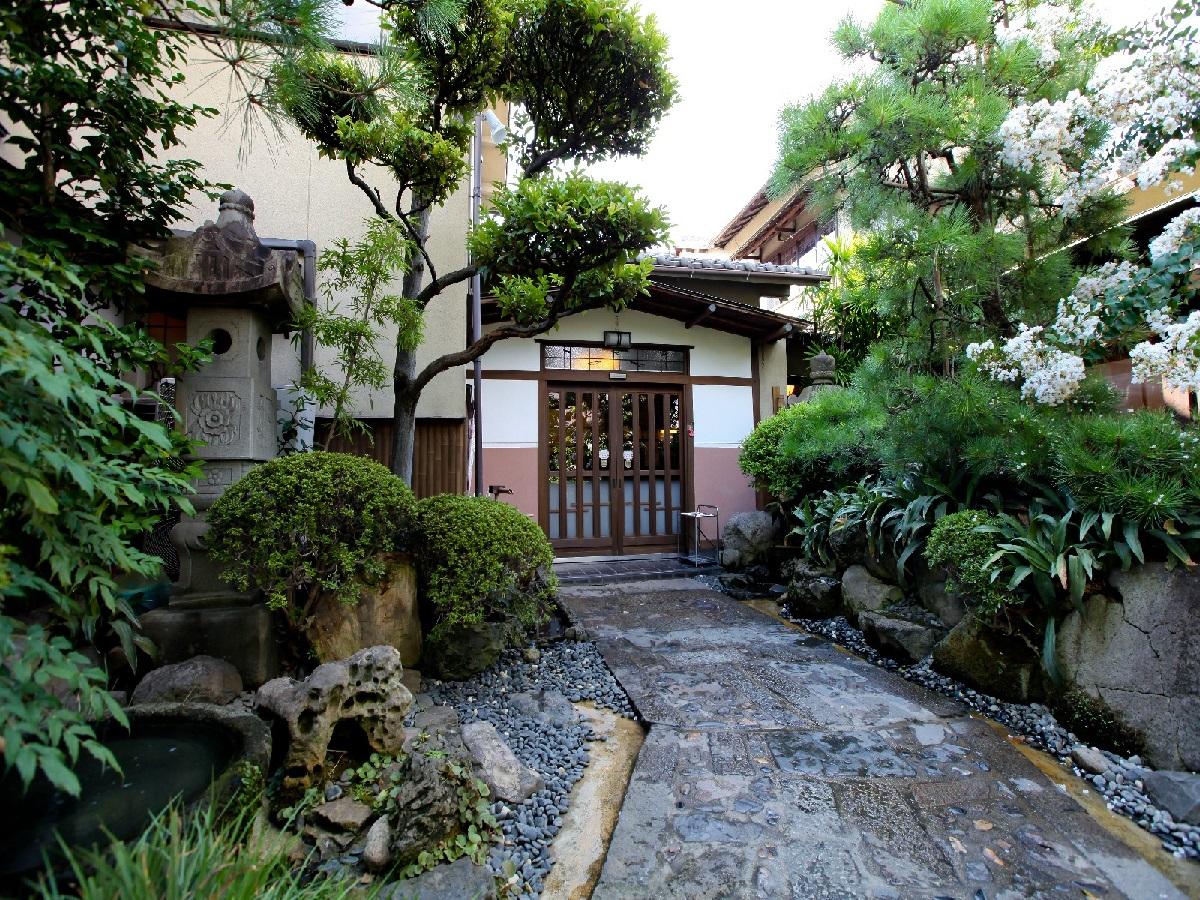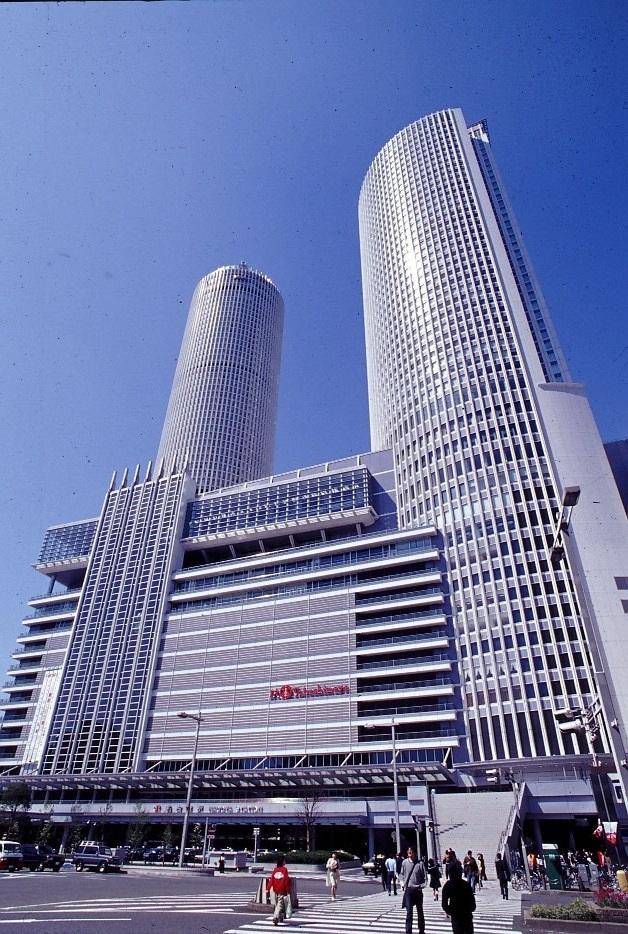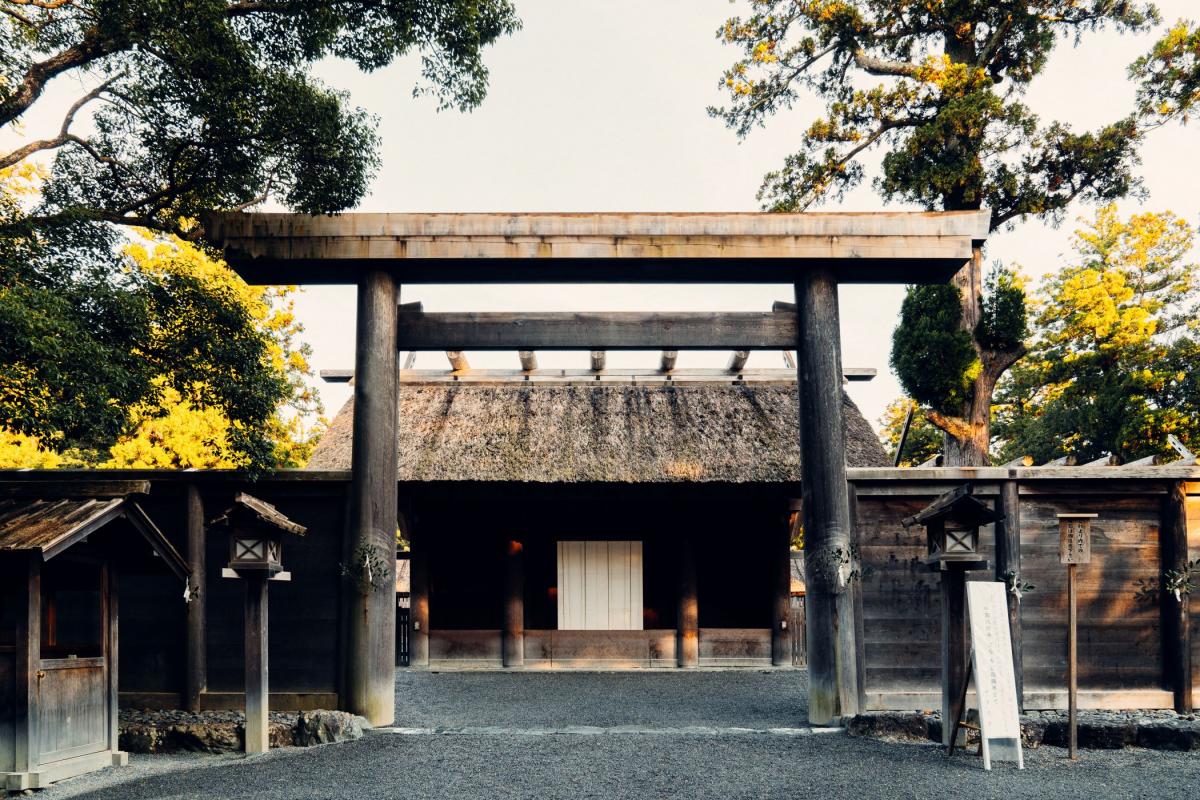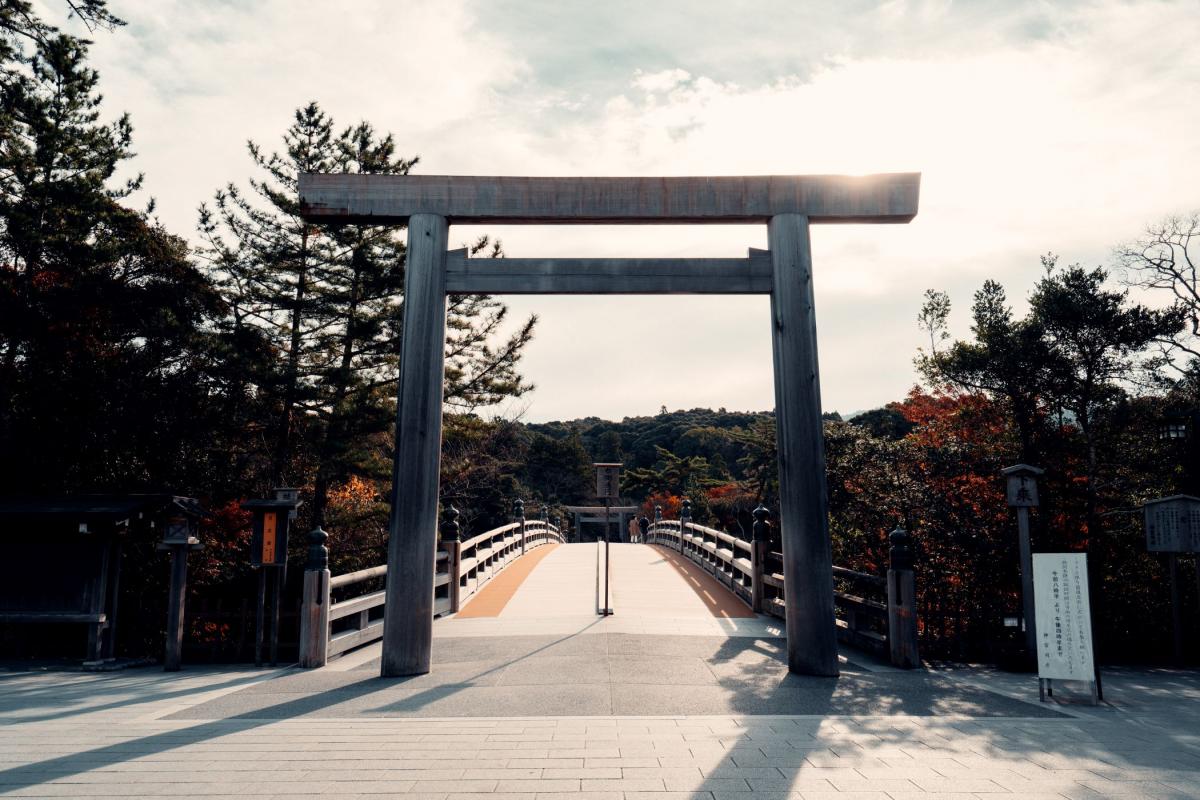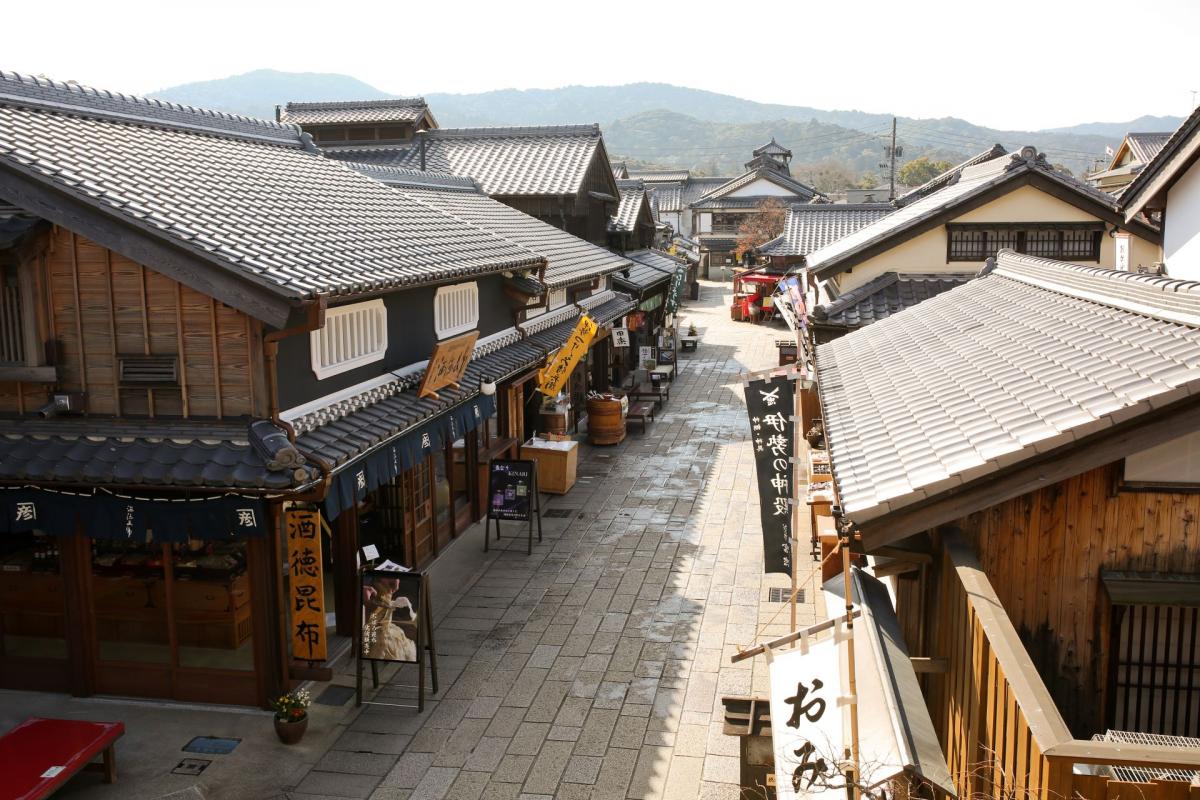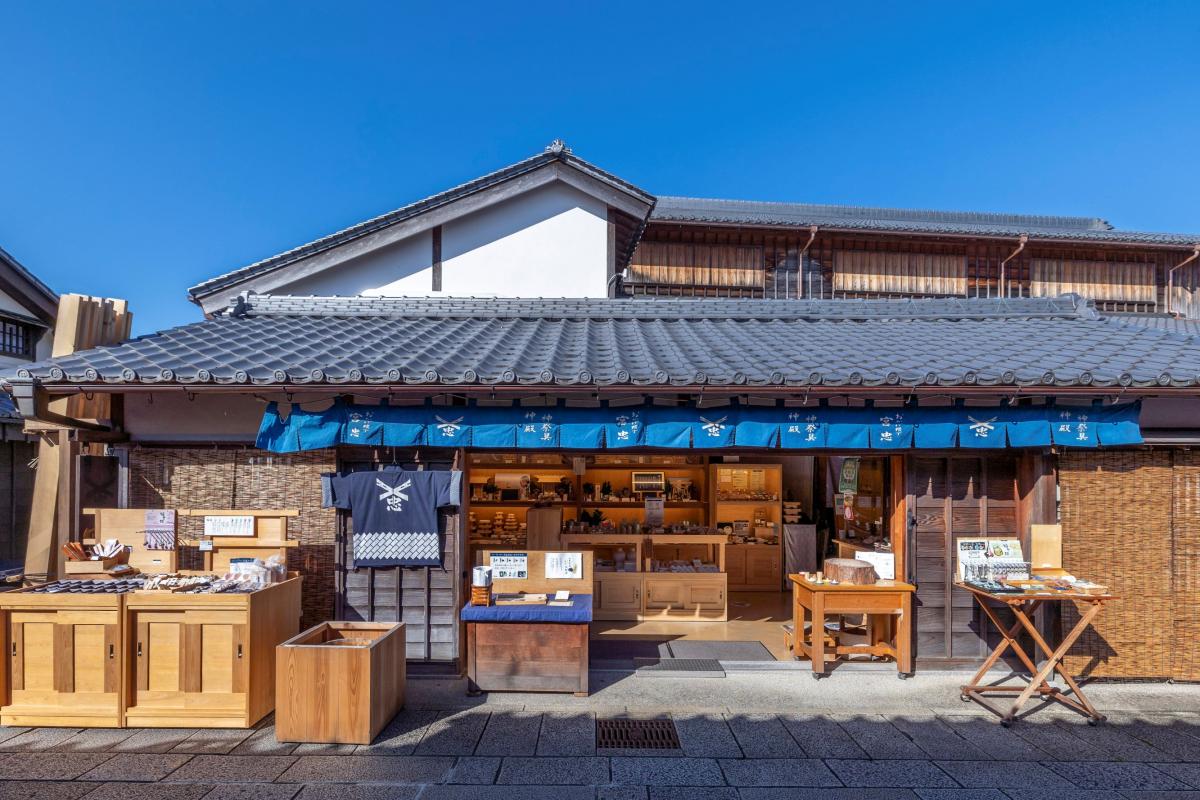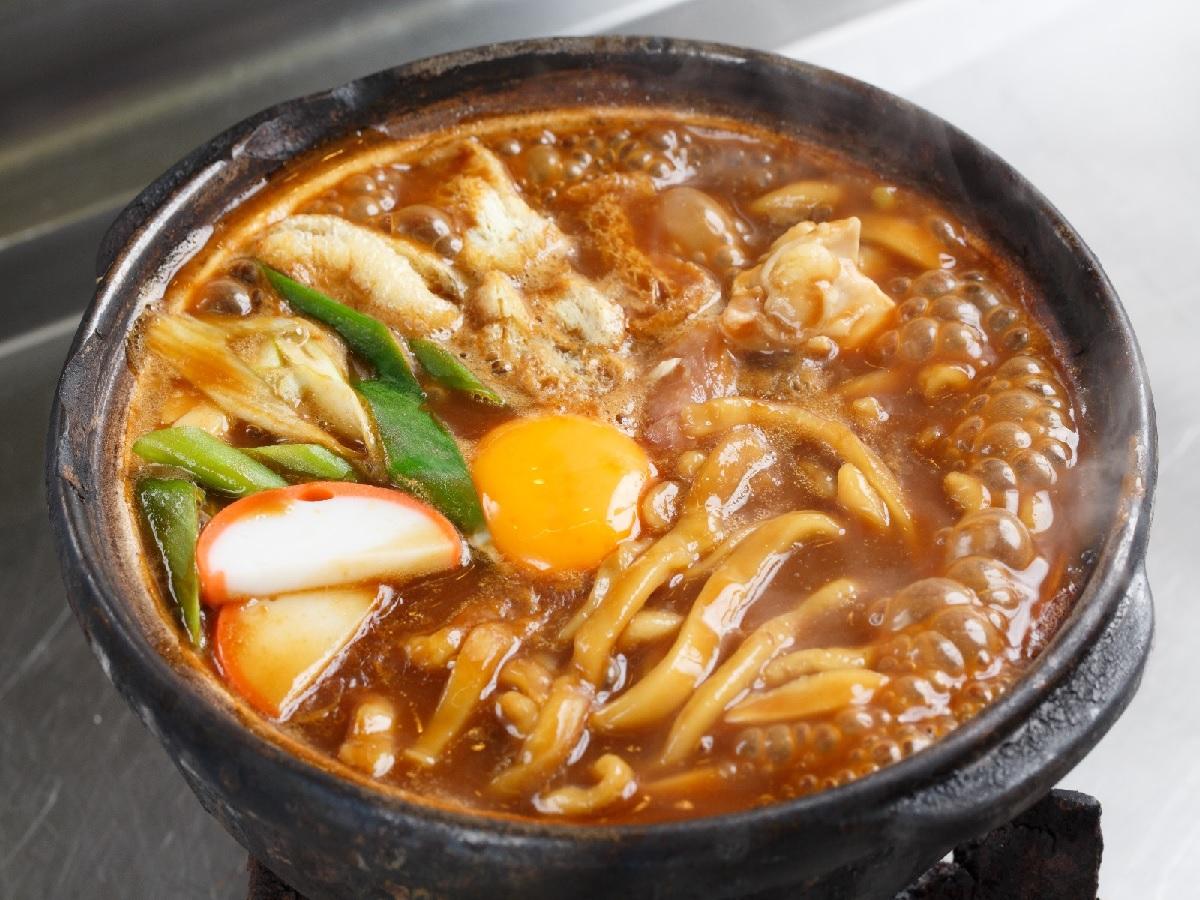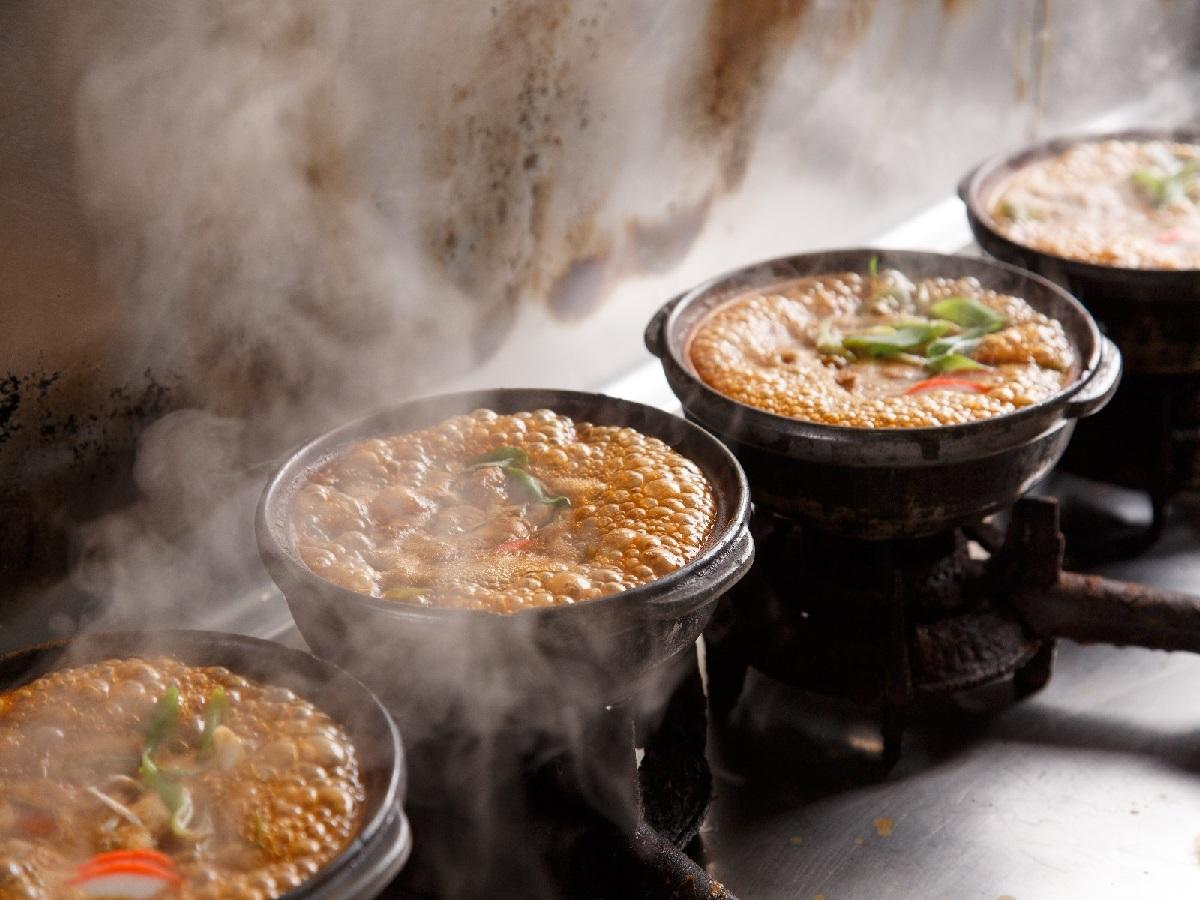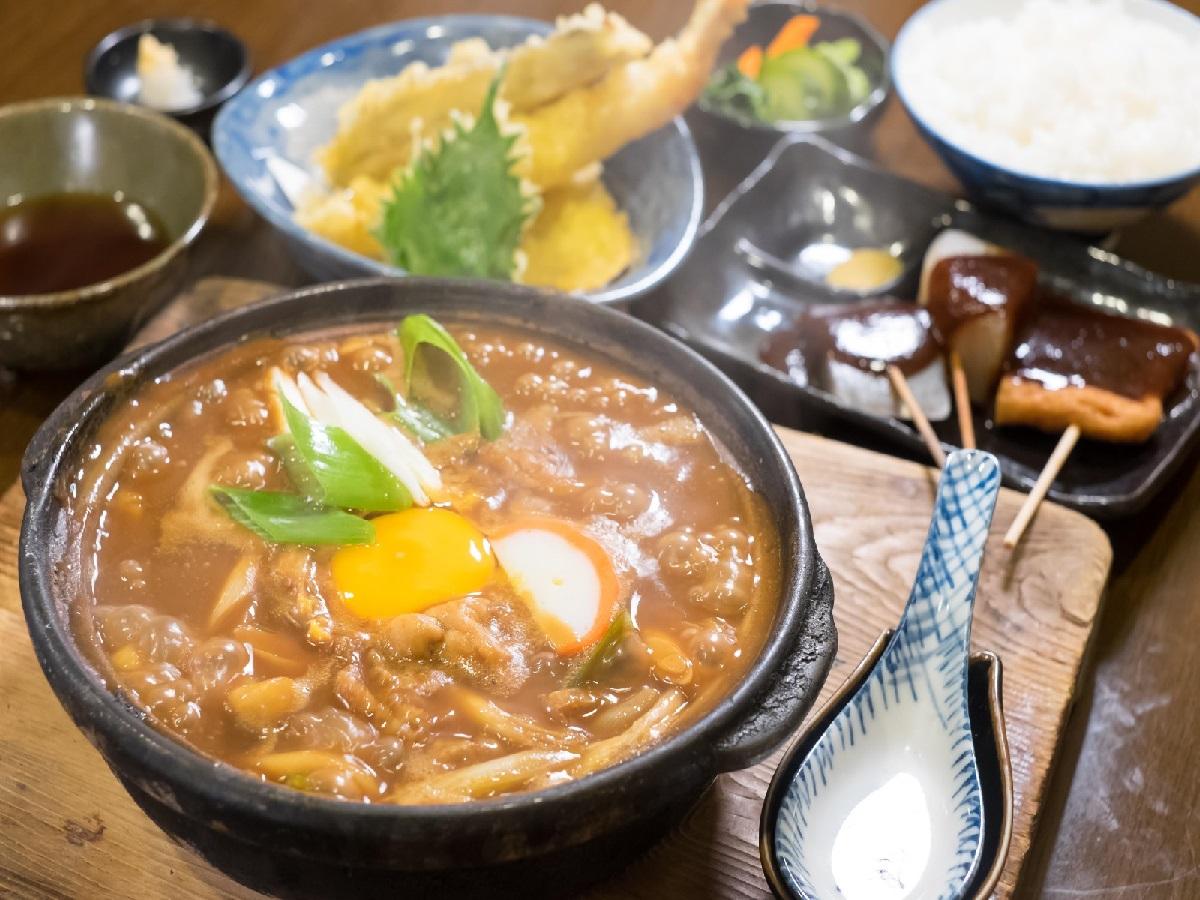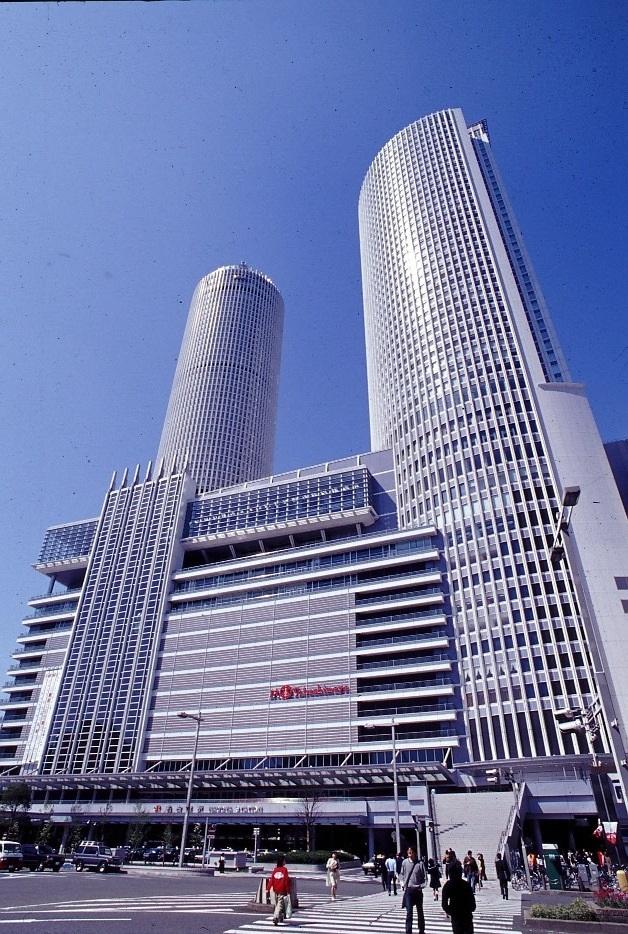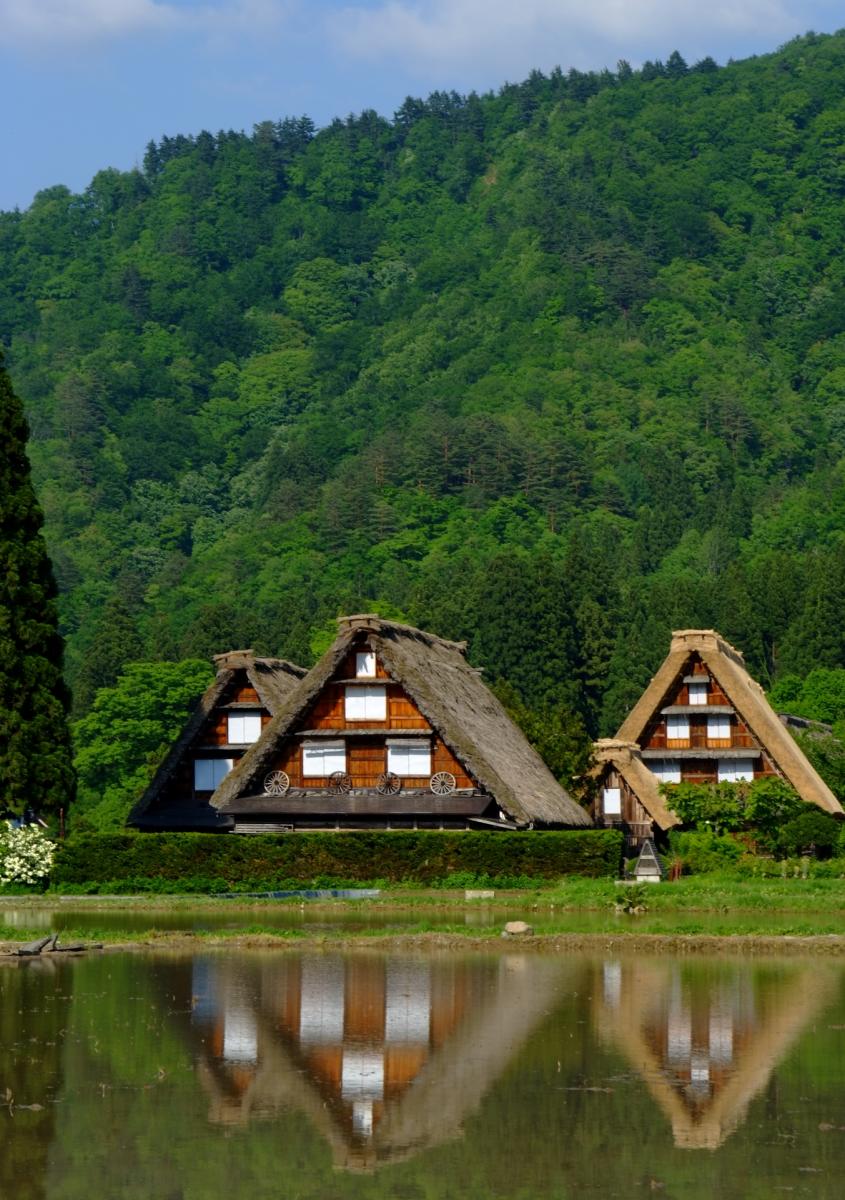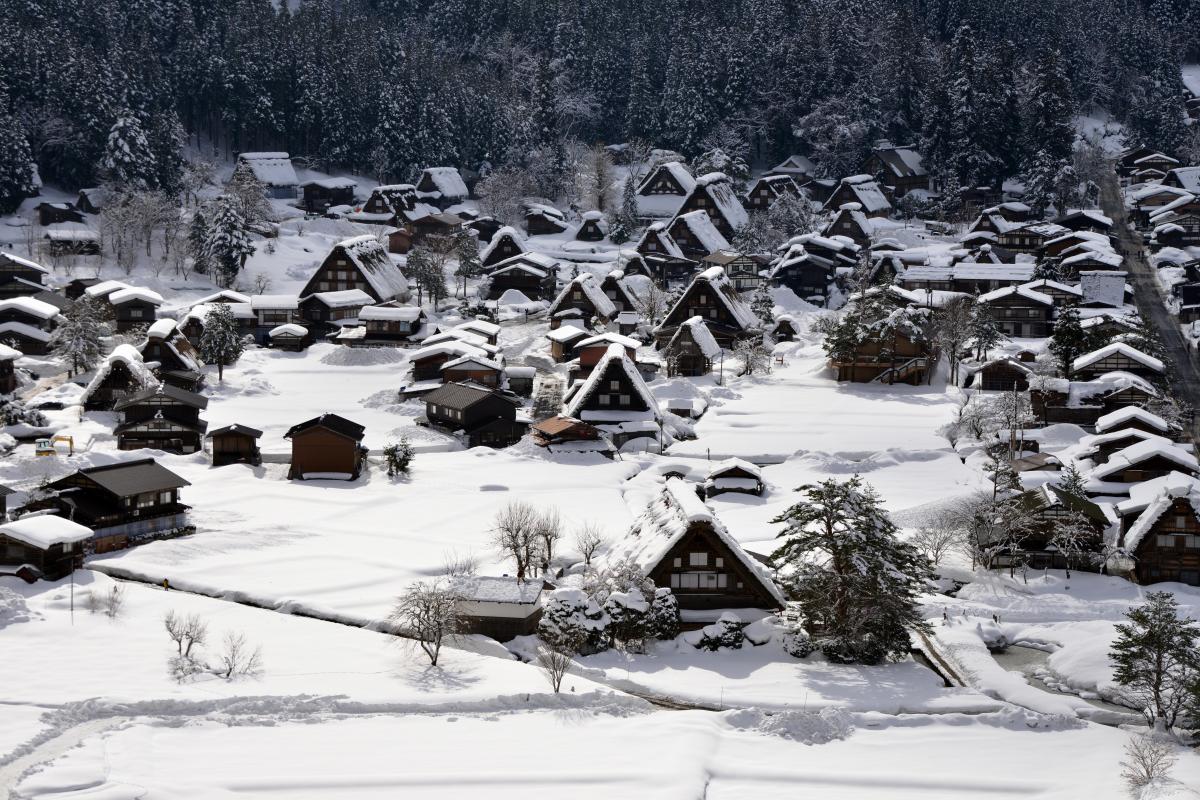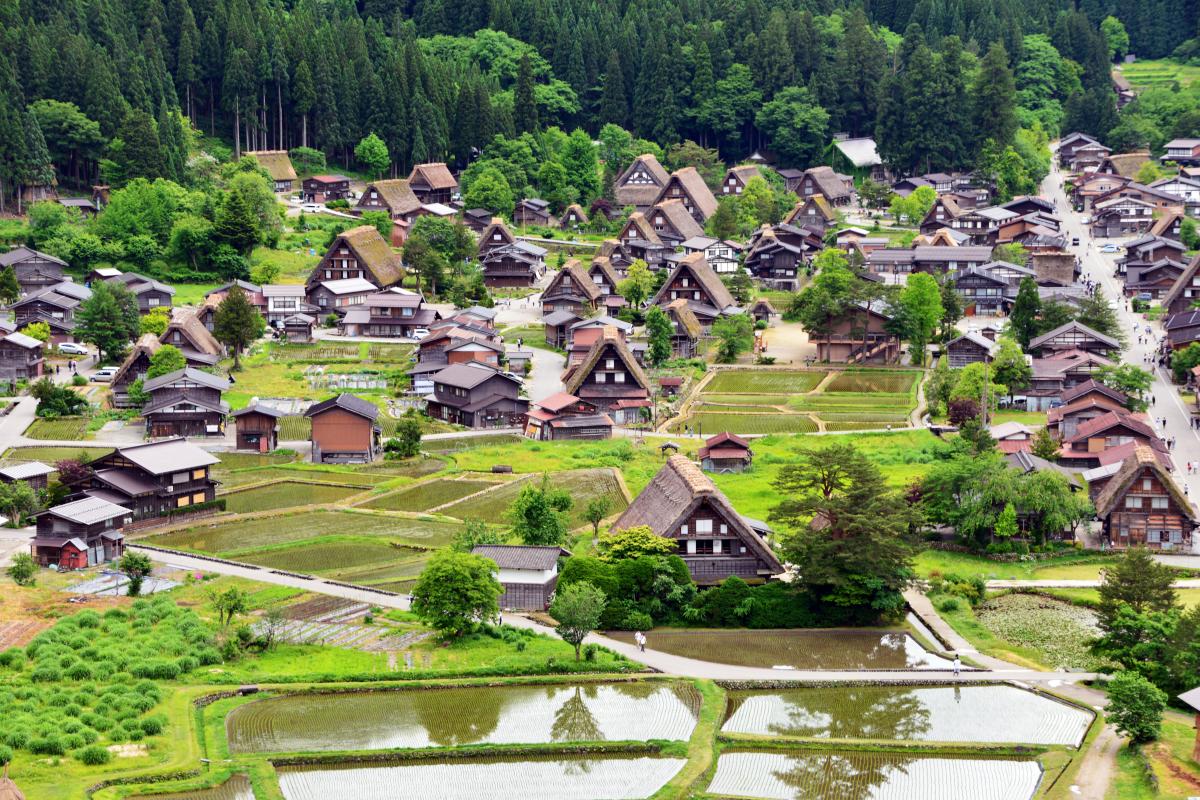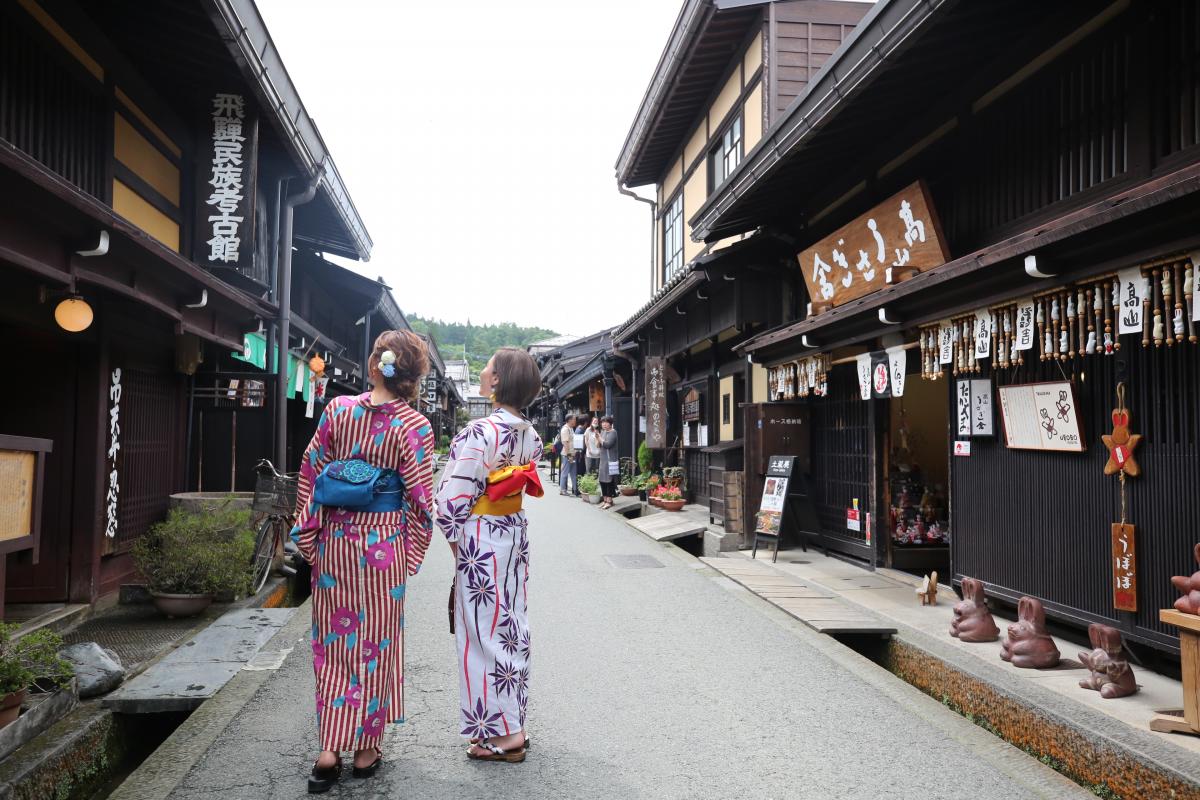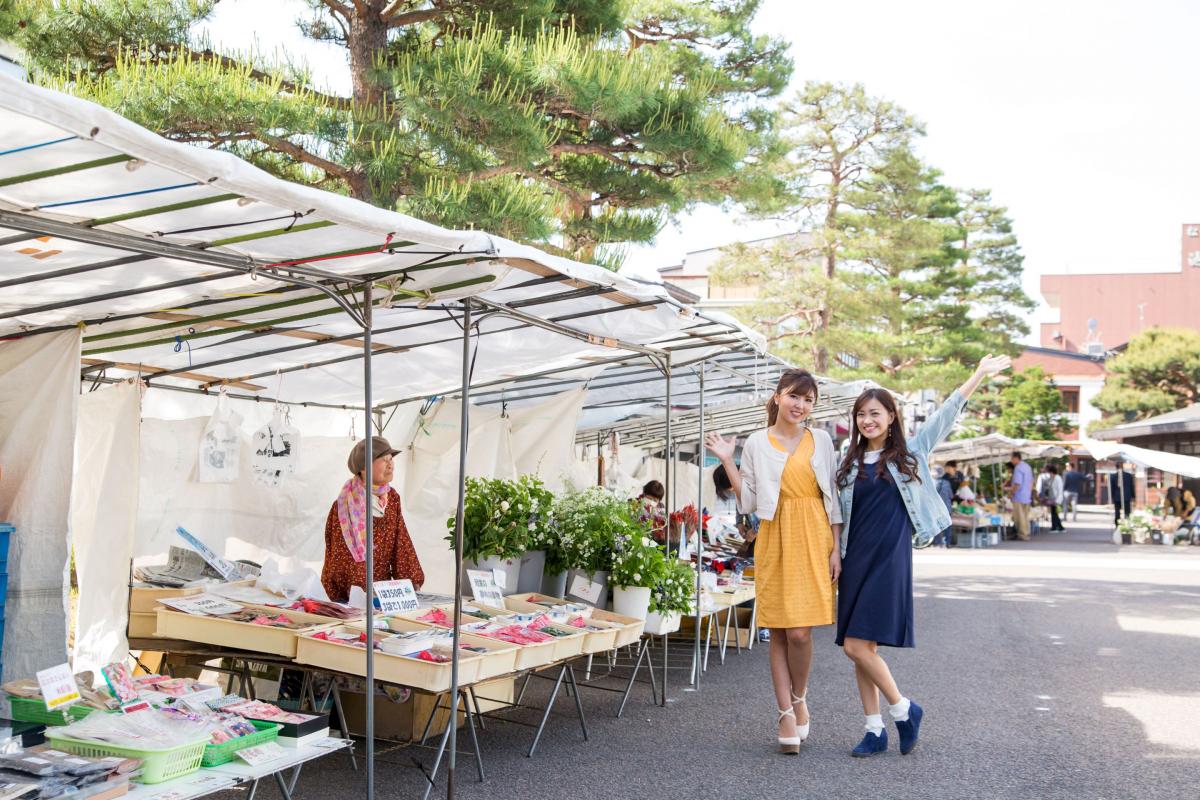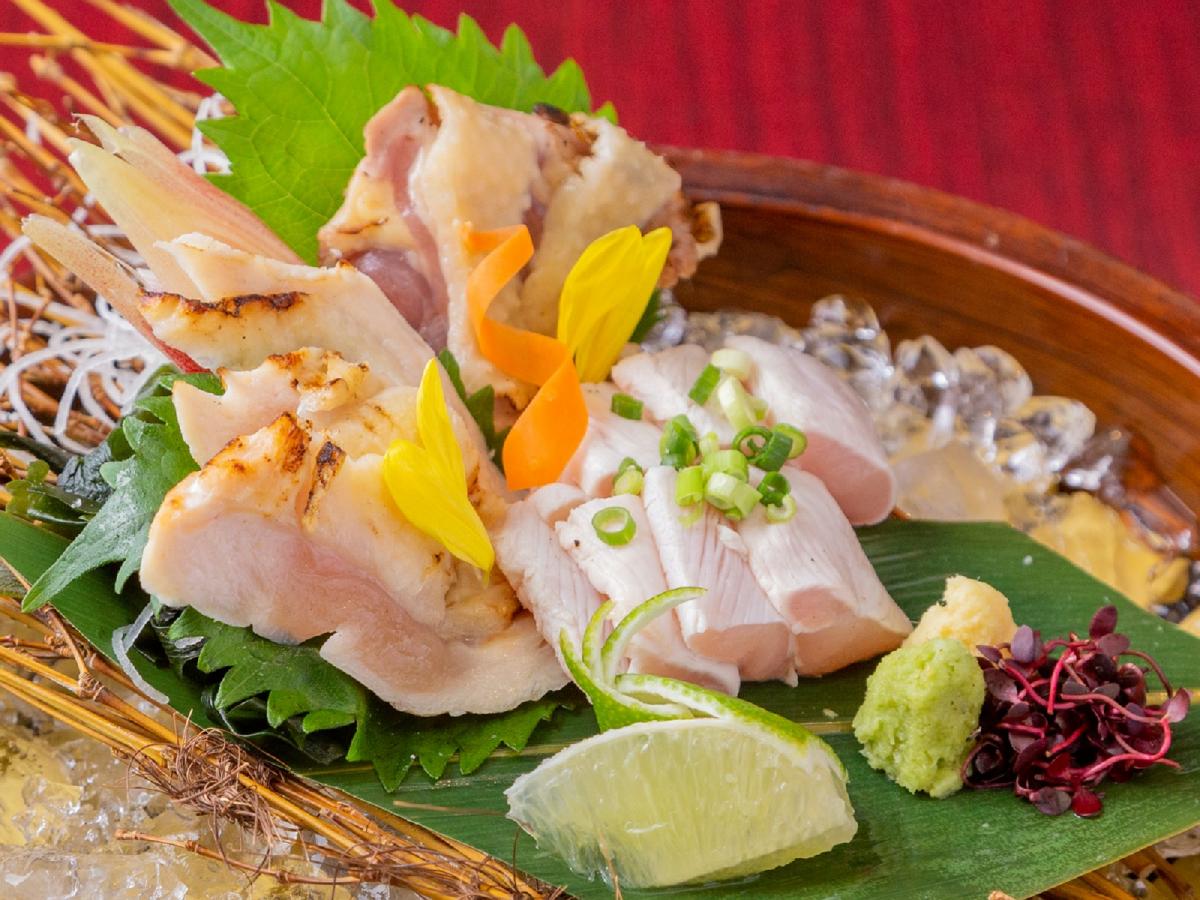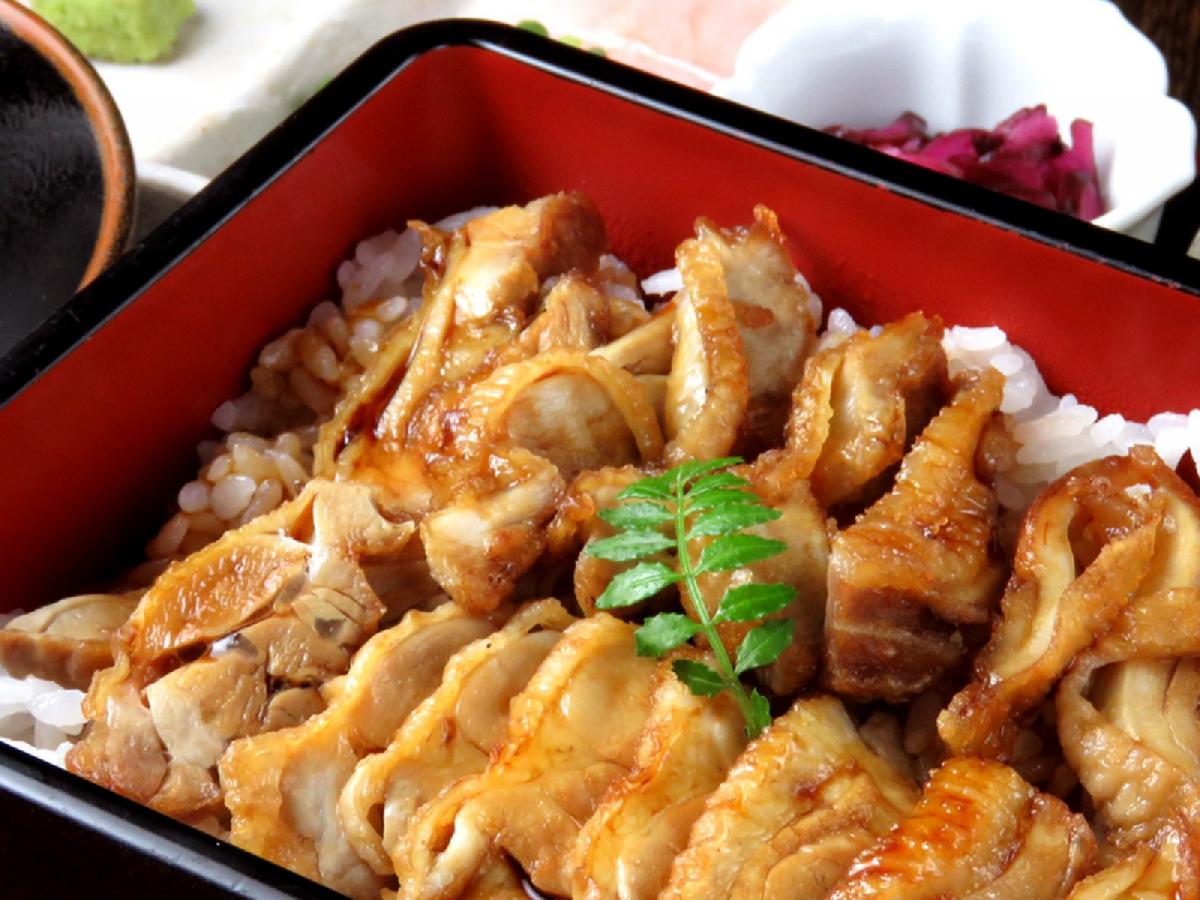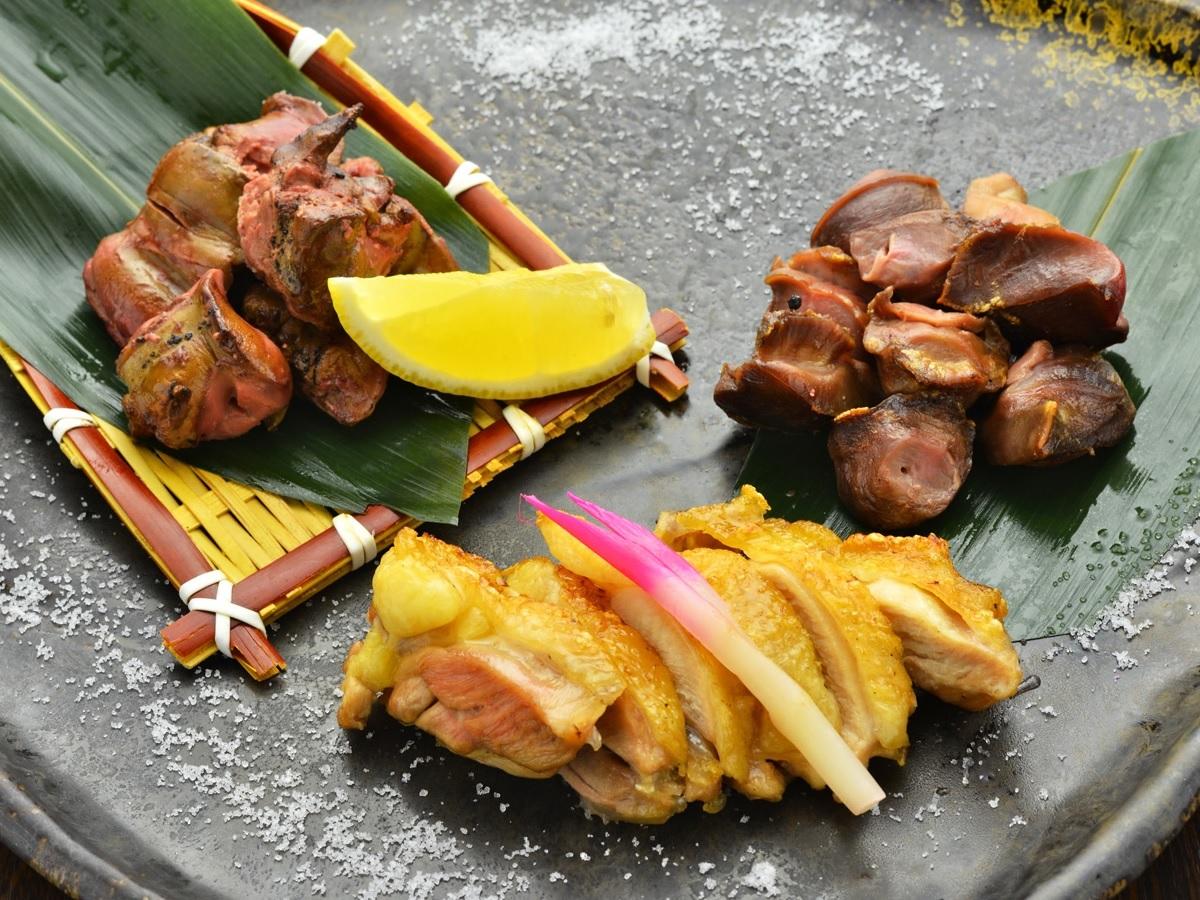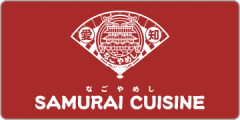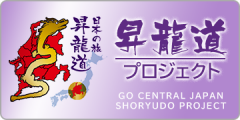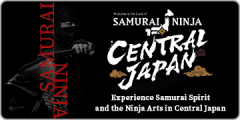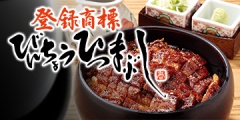- Home
- Recommended Route
- Traveling through the old town
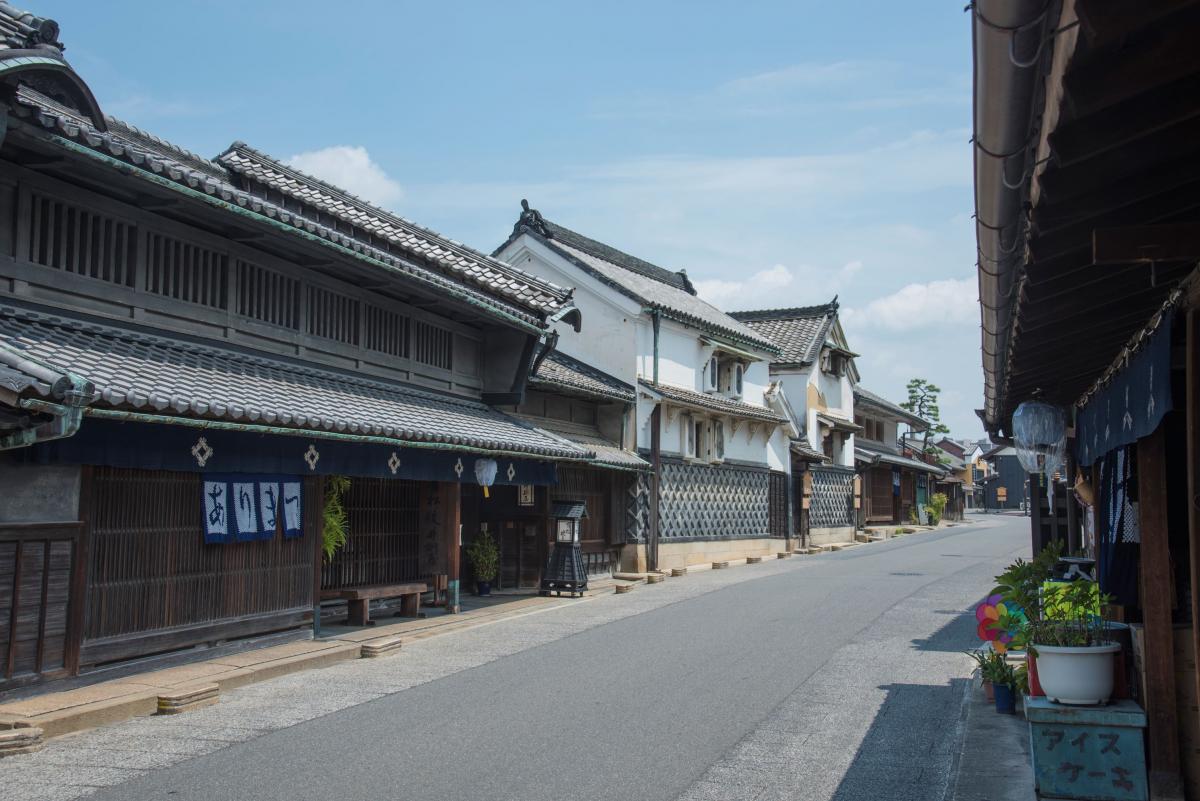
Day 1
01 Nagoya Station
Train:Train:Meitetsu Nagoya Line: For about 25 min
02 Historic Townscapes of Arimatsu
Train:Train:Meitetsu Nagoya Line: For about 15 min
Train:Train:Meijo Line :For about 18 min
Walk:Train:Meijo Line :For about 18 min
Day 2
01 Nagoya Station
Train:Train:Kintetsu Nagoya Line: For about 2 hour
02 ISE JINGU
Walk:Walk:For about 5 min
03 Okage-yokocho
Train:Train:Kintetsu Nagoya Line: For about 2 hour
04 Nagoya Station
Train:Train:sakuradoori Line :For about 12 min
Walk:For about 5 min
Day 3
01 Nagoya Station
Bus:Bus:GifuBus Nagoya-Shirakawa Line: For about 2hour40min
02 Shirakawa-go
Bus:Bus:NohiBus Shirakawa-Takayama Line: For about 1hour
03 Hida Takayama
Bus:Bus:NohiBus Takayama-Nagoya Line: For about 2hour40min
04 Nagoya Station
Walk:Walk:For about 5 min
Nagoya Station
Transportation hub station in the center of Japan
For more information on Meitetsu Tramways, click here (external link)
For more information on Transportation Bureau City of Nagoya, click here (external link)
南部
Historic Townscapes of Arimatsu
The village was established in 1608 between the post towns of Chiryu and Narumi on the Old Tokaido Road, through encouragement by the ruling clan. The traditional Arimatsu-shibori tie-dyeing of this area is said to have been invented by the first immigrant to the village, Takeda Shokuro, and the village prospered along with the tie-dyeing industry. Arimatsu lies along about 800 gently bending meters of the Tokaido Road. The townscape's relatively relaxed atmosphere has been preserved, with many wide-plot tie-dyeing stores, gates, and fences.
南部
Atsuta Shrine
Atsuta Shrine is located in the southern part of Nagoya within “Atsuta Forest,” a spacious, verdant shrine grove. Familiarly known as “Atsuta -san," close to 7 million people visit this shrine annually. Not only those from Nagoya, but people throughout Japan consider Atsuta Shrine their “spiritual hometown,” a place of deep reverence and faith. The second largest shrine after Ise Shrine in Mie Prefecture, members of the Imperial Court and samurai warriors have prayed here since ancient times. Atsuta Shrine is also famous for a festival commemorating the transfer of the “Kusanagi-no-Tsurugi” sword, one of the Three Sacred Imperial Treasures, to Atsuta Shrine. Formerly built in the style of Owari-zukuri, Atsuta Shrine was remodeled in 1893 in the Shimei-zukuri style, the same as Ise Shrine.
北部
Nagoya Castle
In 1610, Tokugawa Ieyasu began the construction of Nagoya Castle, as a residence for his son Yoshinao. The castle burned down in the war, but in 1959, the five-story main tower keep (approx. 48 meters), with its golden shachi ornaments, and the sub tower keep (approx. 24 meters) were reconstructed.
The Nagoya Omotenashi Bushotai greet visitors every day at the main gate, and were the reason behind the bushotai boom across the nation. They also put on an omotenashi performance on weekends and national holidays.
In addition, Hommaru Palace was fully opened to the public on June 8, 2018, after the completion of reconstruction work that had taken over 10 years.
南部
Atsuta Horaiken - Main Restaurant
This restaurant was originally founded in 1873 at Atsuta Jingu Shrine. Hitsumabushi eel got its start as grilled eel put on top of rice in a wooden tub (called a “hitsu"), which would then be apportioned out in a tatami room by maidservants and served to customers. “Hitsumabushi" is a registered trademark of Atsuta Horaiken.
Nagoya Station
Transportation hub station in the center of Japan
Click here for more information on Kintetsu Railway (external link)
ISE JINGU
Ise Jingu or Inner Shrine (Koutai Jingu), where many people aim to visit at least once in their lives.
Click here for information on sightseeing in Ise City (external link)
Copyright:Ise City Tourism Association
Okage-yokocho
There is "OHARAIMACHI", the torii-mae-machi, which has flourished in front of the Inner Shrine (Koudaijingu) of Ise Jingu (Grand Shrine).
In the town, there is "Okage Yokocho".
In Okage Yokocho, representative buildings of Iseji from the Edo period to the Meiji period are relocated and reproduced.
Local cuisine and souvenir shops stand side by side.
Click here for information on sightseeing in Okage Yokocho (external link)
Copyright:Ise City Tourism Association
Nagoya Station
東部
Yamamotoya ookute
Misonikomiudon (Udon noodle in Miso broth) started at Yamamotoya in Osu in 1925.
Yamamotoya has maintained their traditional flavor ever since.
Nagoya Station
Transportation hub station in the center of Japan
For more information on Gifu Bus, click here (external link Japanese Site)
For more information on Nobi Bus, click here (external link)
Shirakawa-go
Shirakawa-go, a mountainous village about 2 hours and 40 minutes by direct bus from Nagoya, was registered as a UNESCO World Heritage site in 1995 and is a world-famous tourist destination.
For more information about Shirakawa-go, click here (external link)
Copyright:Shirakawa Village
Hida Takayama
In the center of Takayama City, there are rows of merchant houses and temples that retain the atmosphere of the Edo period.
In spring and fall, the famous Takayama Festival is held.
Hida is also famous for its local cuisine such as Hida beef and Hoba Miso.
For more information about Hida Takayama, click here (external link)
Copyright:HIDA TAKAYAMA Tourlst information
Nagoya Station
名古屋駅
Kululu Meieki - Purebred Nagoya Cochin Chicken
Enjoy purebred Nagoya Cochin chicken prepared byin a variety of ways, including sashimi and grilled, for reasonable prices in a Japanese-style restaurant with a unique atmosphere. This is the only place you can get rare “300-day Cochin chicken” — chickens raised for twice as long as normal Nagoya Cochin, giving the meat a richer, more savory taste.
OTHER RECOMMENDED ROUTE
-
 One Day
One Day- One Day Family & Kids Nagoya Leisure Course
- Dinosaurs & Gorillas, Space & Stars, Robots & Technology, Nagoya Offers it All!
-
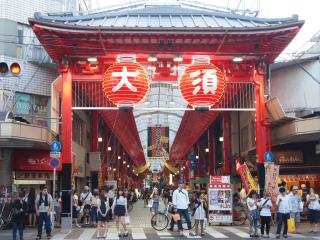 One Day
One Day- Central Nagoya Basic One Day Course, 2.
- A One day History, Art, Shopping and Dining Experience in Nagoya City
-
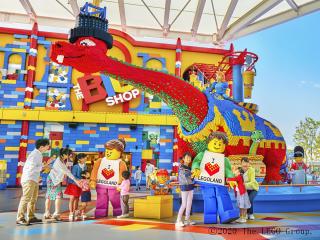 Two Days
Two Days- Port of Nagoya Area, 2 Day 1 Night Leisure Course
- Spend some leisure time and enjoy the attractions around Nagoya’s picturesque port area.







